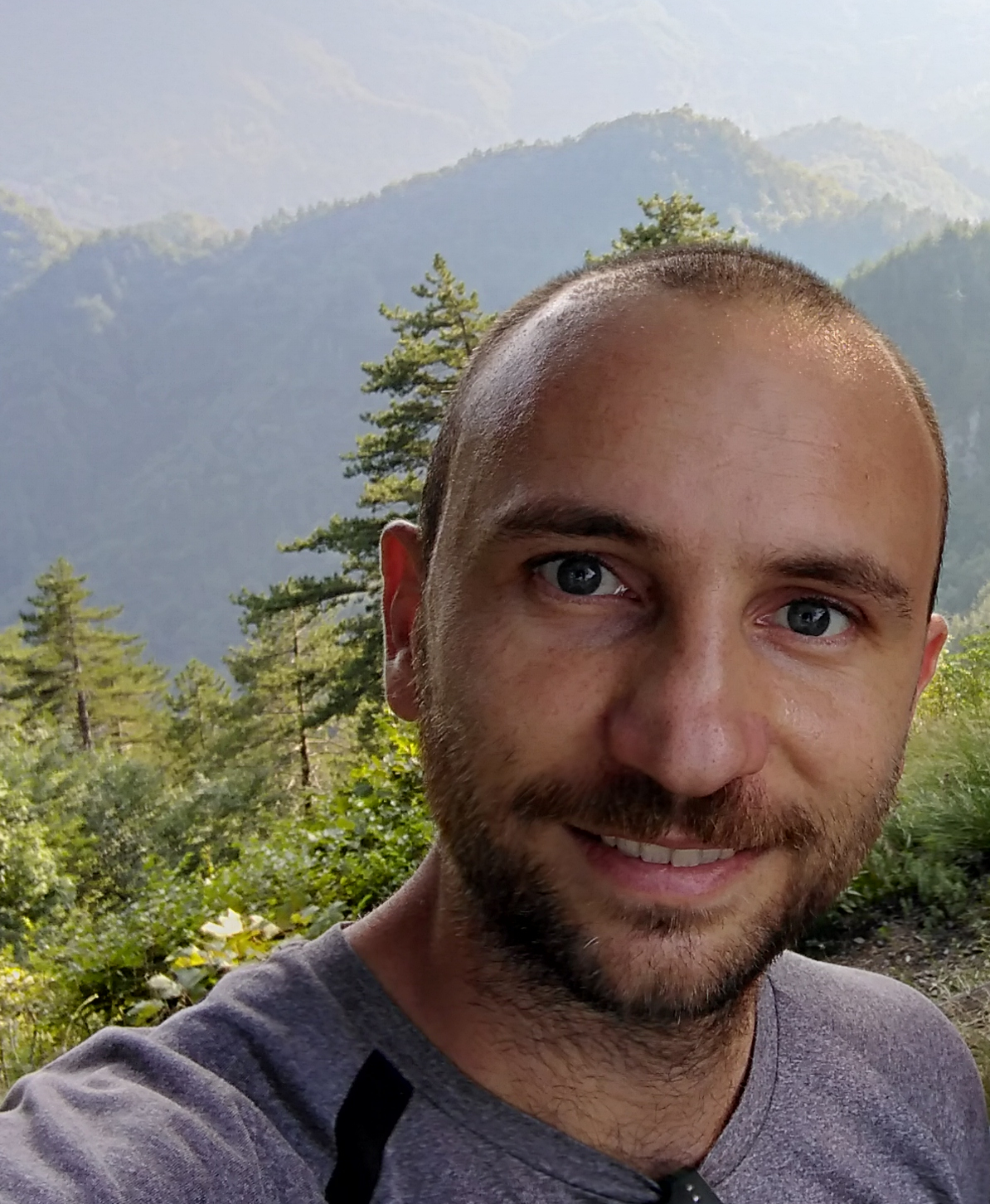About
My research confronts statistical models and machine learning methods with massive heterogeneous biodiversity data to answer macro and community ecology questions. I am interested in measuring and anticipating the effects of human pressure on ecosystems, in particular plant invasions, to inform conservation planning. My interest for citizen sciences data pushes me to ask new questions that this type of data may specifically contribute to answer. Therefore, I develop methods to exploit the rich information hidden in massive crowdsourcing datasets.
I did my PhD INRAE at the UMR AMAP, Montpellier, France, where I studied statistical methods for species distribution models (SDM) based on large presence-only datasets coming from citizen sciences programs. The exploitation of data from the project Pl@ntNet was a major motivation for my thesis, and I collaborated closely with this project. My work included to (i) evaluate the benefits of deep learning and convolutional neural networks approaches for presence-only SDM, leading to pioneer deep learning approach to SDMs (deepSDMs), (ii) caracterize biases arising due to the distribution sampling effort, species niches and background points in presence only SDM based on Poisson point processes (iii) develop an new unbiased approach based on a joint model of sampling effort and species distributions, and (iv) measure the sampling and taxonomic coverage of Pl@ntNet contributions, in order to compare it with national botanical conservatories. This PhD was founded by a the national INRA-INRIA scholarship of 2016.
I have also been co-organising GeoLifeCLEF (editions 2018, 2019 and 2020 and now 2023), a part of the LifeCLEF evaluation campaign. It is a machine learning challenge aiming at predicting the most likely species from geolocation.
I did a first 17 months CNRS PostDoc in the Laboratoire d'Ecologie Alpine, Grenoble, working with for the project EcoNet. We explored the use of graph embedding methods to compare ecological interactions network architectures across space, environment or time. I especially leveraged the knowledge of trophic interaction between European terrestrial vertebrates and broad scale crowdsourcing data (GBIF) to study the changes of trophic network architectures related to higher land use intensity.
I worked with David Richardson and Cang Hui for 18 months at the Center for Invasion Biology and Biomath Hub of Stellenbosch University, South Africa, where we explored how iNaturalist and other crowdsourcing data could complete more standardized data for studying plant invasions. The use cases spanned various scales, from the early detection of the naturalisation of cultivated species around South African urban areas to the global monitoring of introductions. I also started developping a Dynamic Species Distribution Modeling (DSDM) approach combining past datasets (e.g. Southern African Plant Invaders Atlas) with recent crowdsourcing records (e.g. iNaturalist) to reconstruct plant invasion spatial dynamics over decades and better understand their drivers.
I'm now a permanent research scientist at the Inria branch at the University of Montpellier, with the ambition to delimit the estimability of DSDM on heterogeneous data. We aim at building reliable estimation routines applicable to many taxa and at continental scales. A further challenge is to integrate the various sources of uncertainty of DSDM (data, ecology and model) to predict and interpret future trajectories of plant invasions to inform land-use planning and conservation. A complementary axis of research concerns short term trends, namely to estimate recent population trends of thousands of plant species to identify short term threats (e.g. invasion or decline), for which I'll use a statistical approach based on spatio-temporal point processes and sampling bias correction. I also currently work with the Pl@ntNet team to developp and evaluate spatial predictions of plant species communities and habitat at high resolution using deepSDMs, covering Europe and most of its flora, in the context of the horizon Europe projects MAMBO, GUARDEN and B3.
